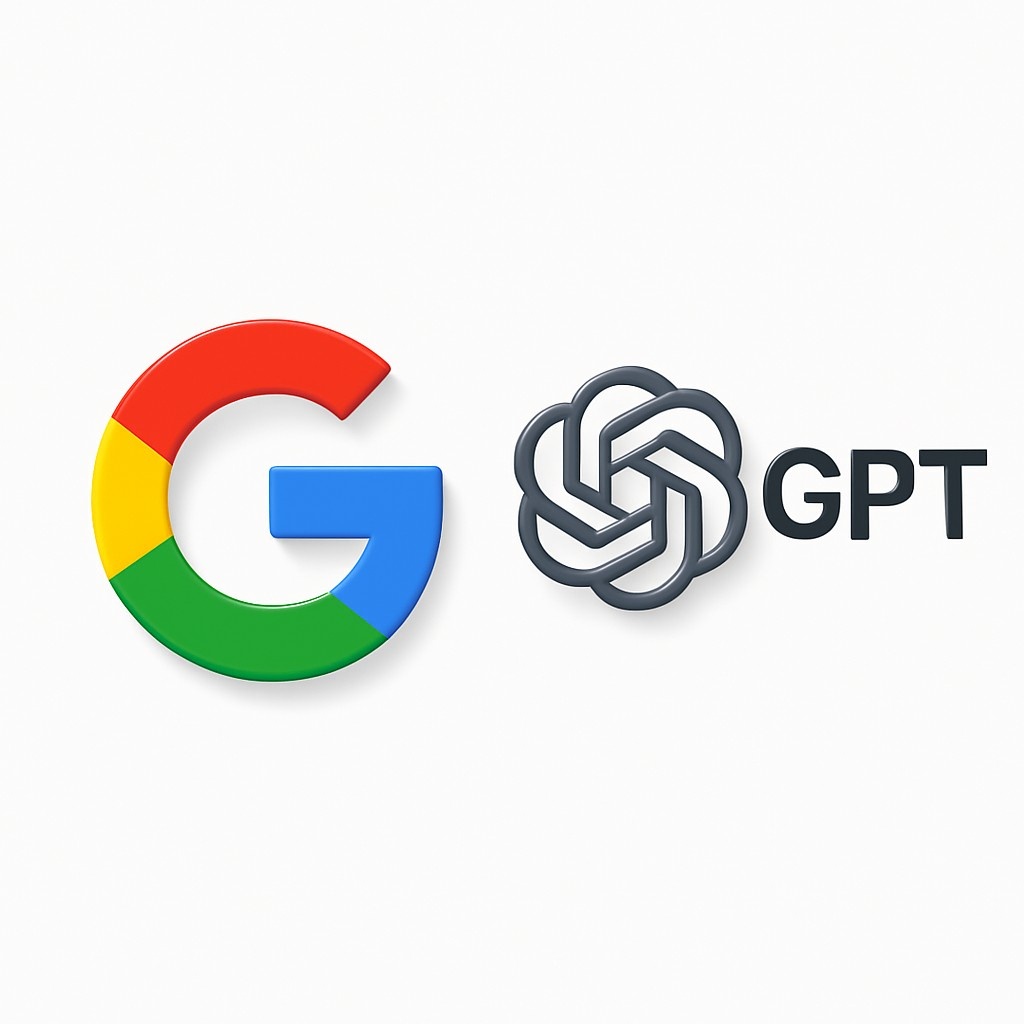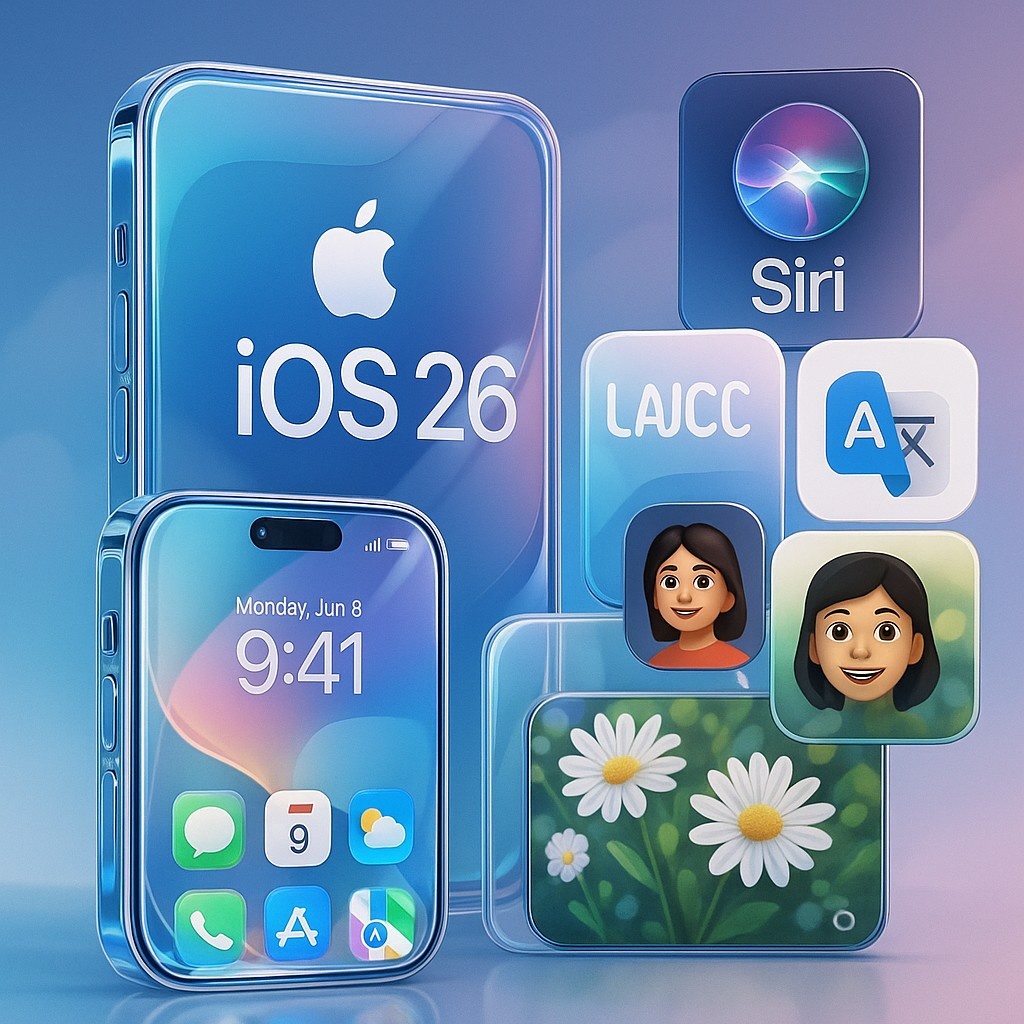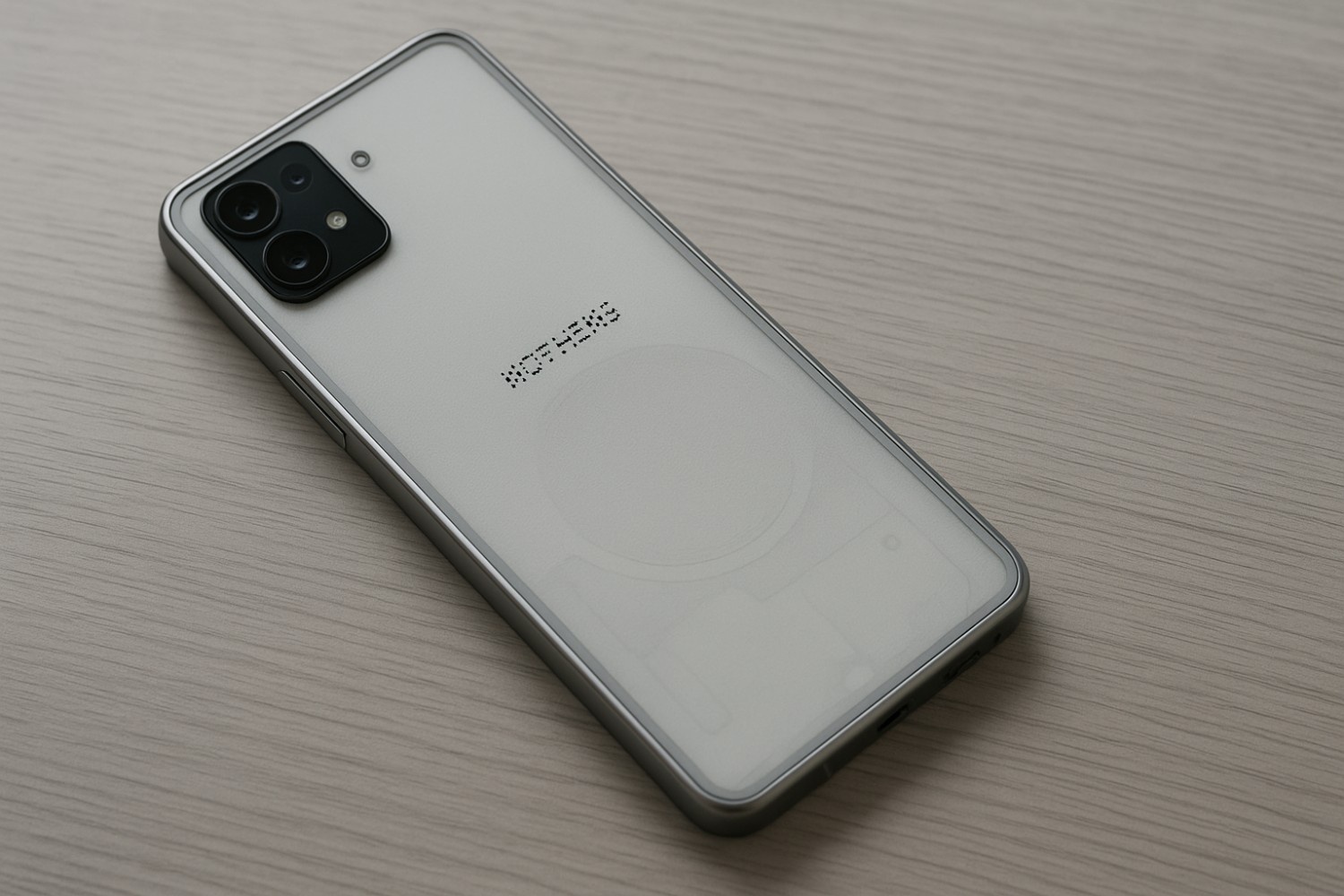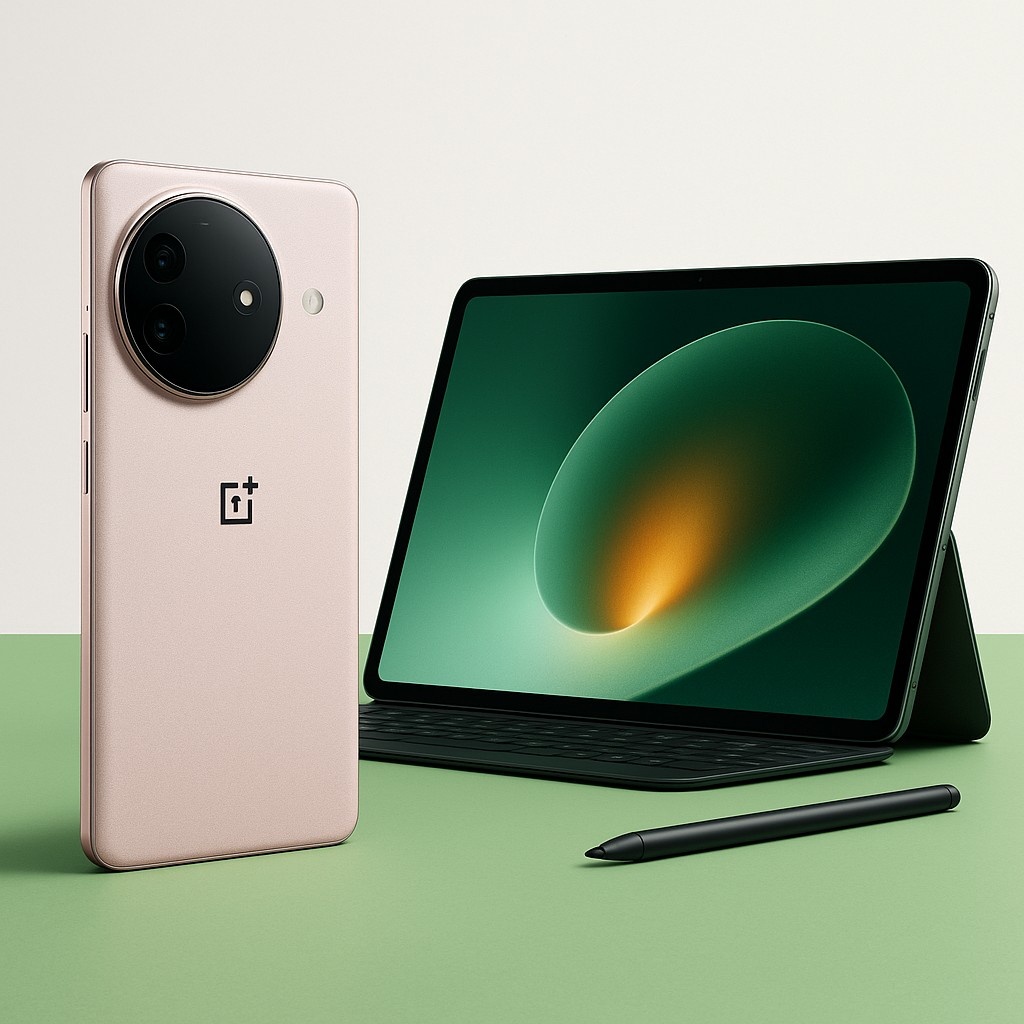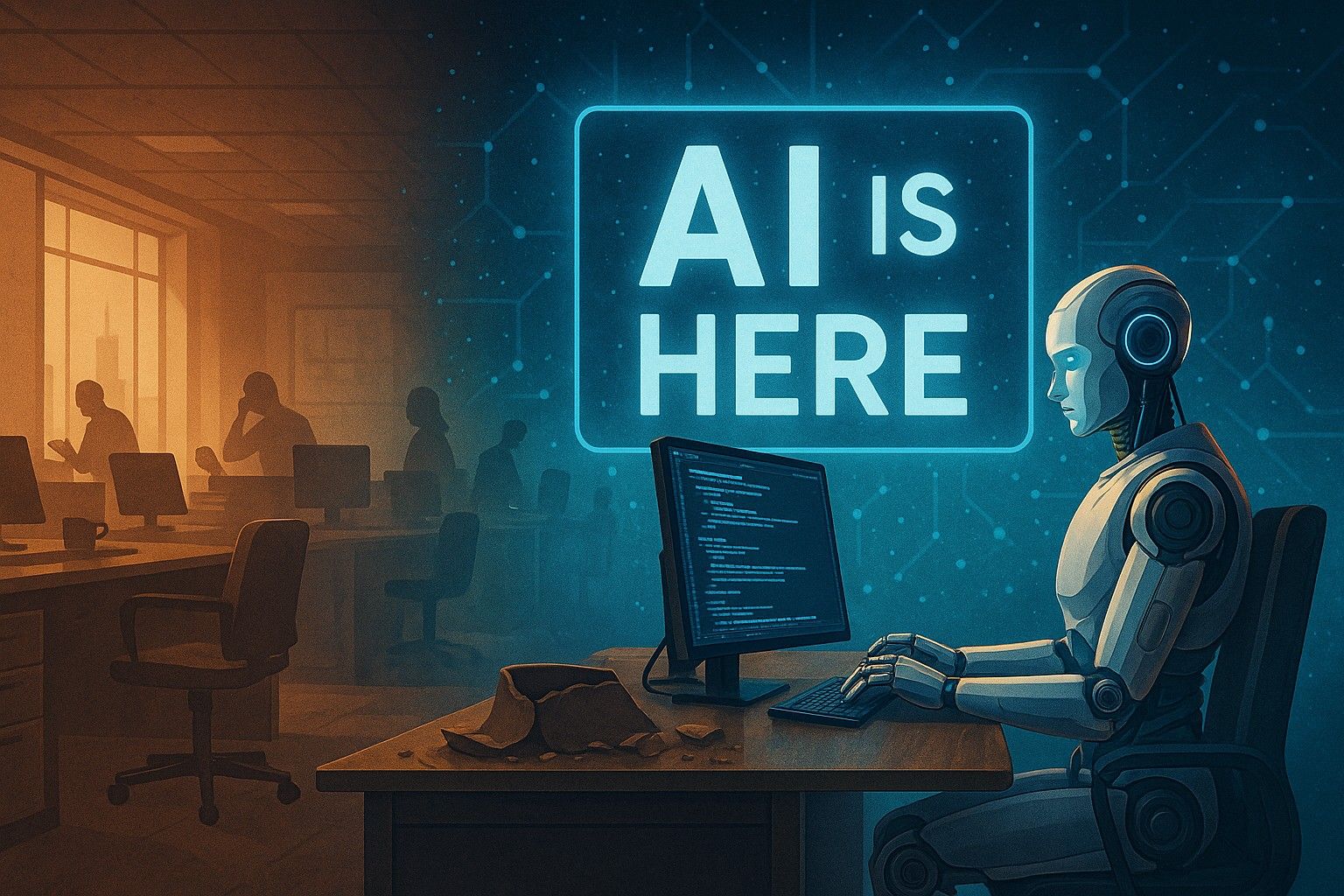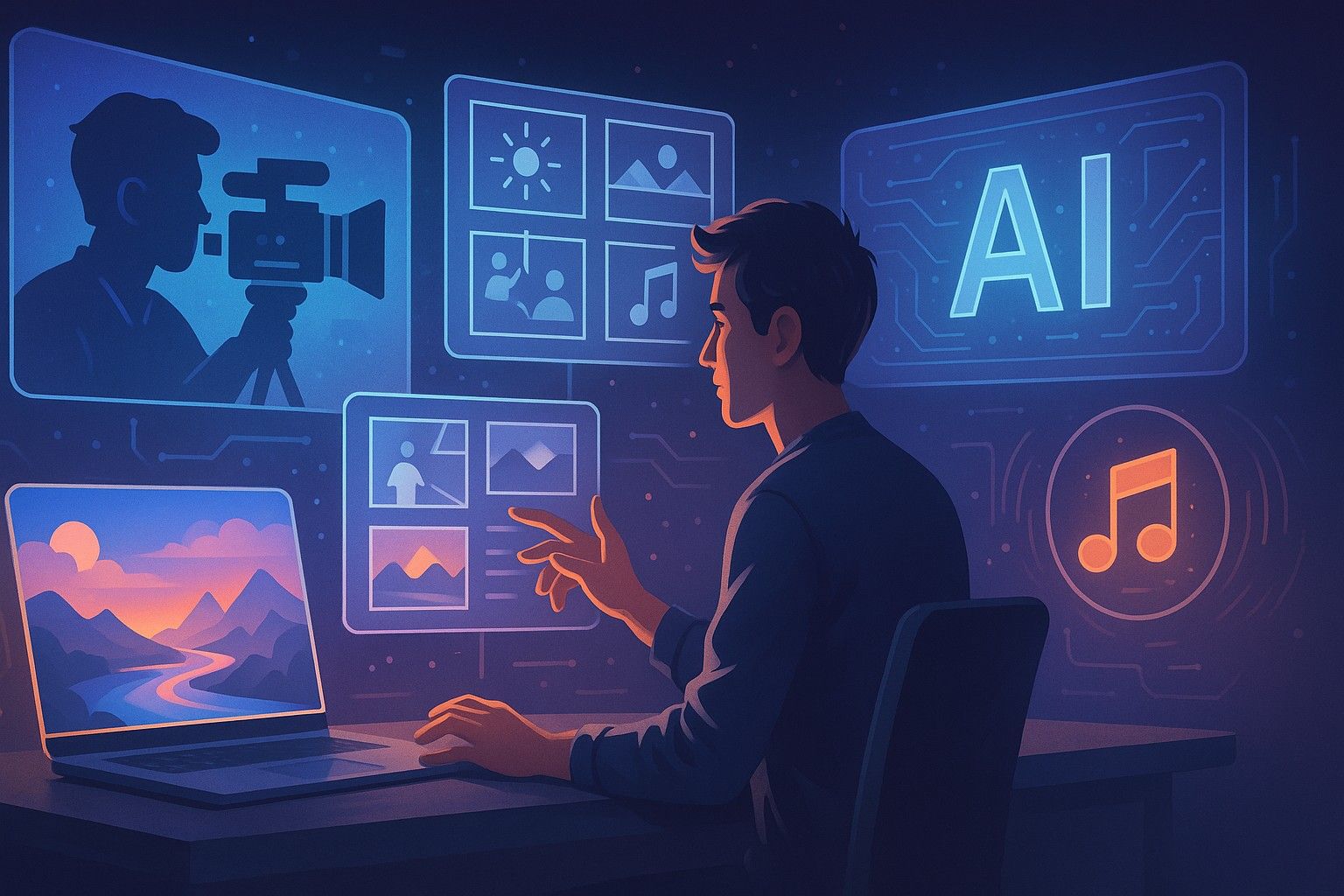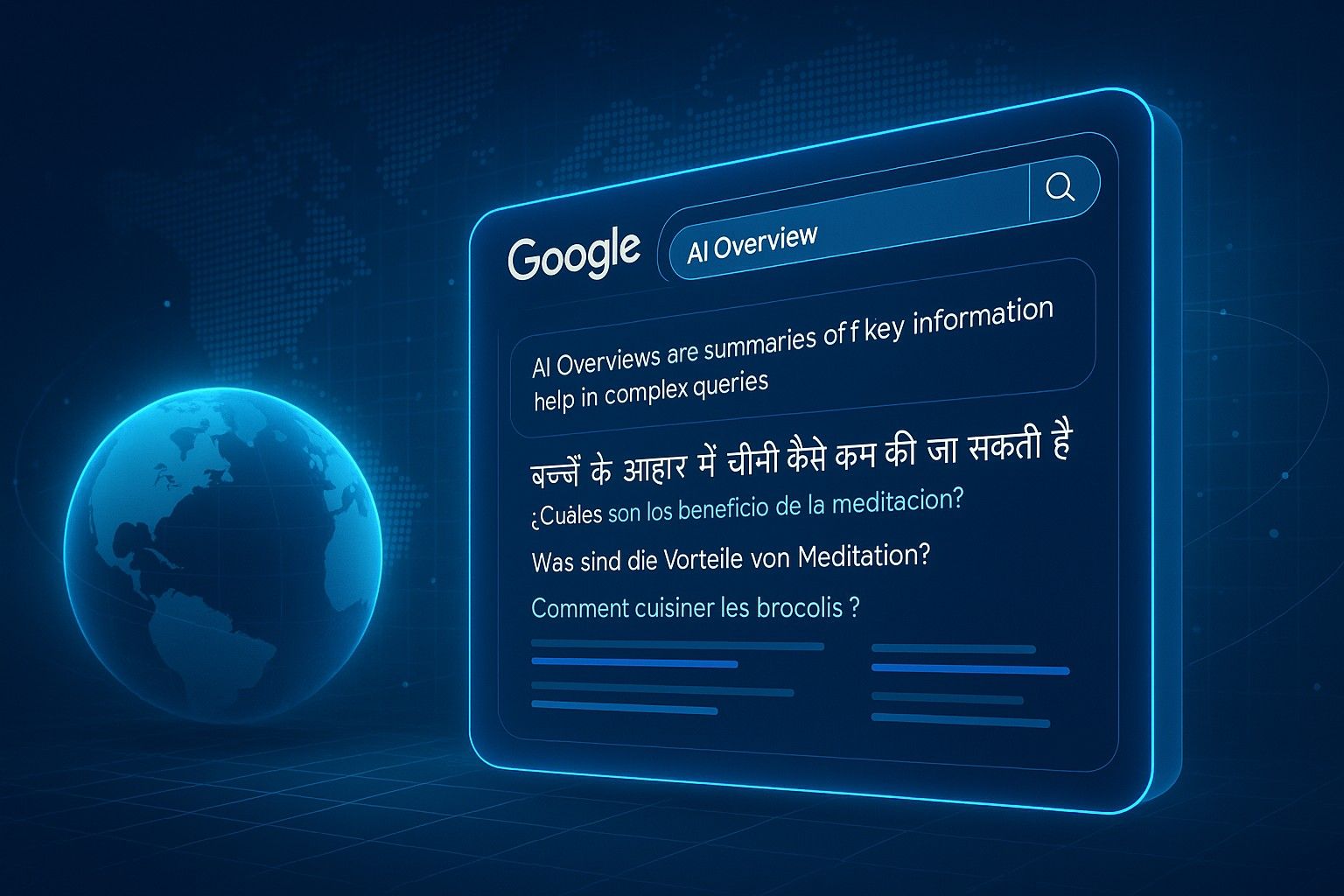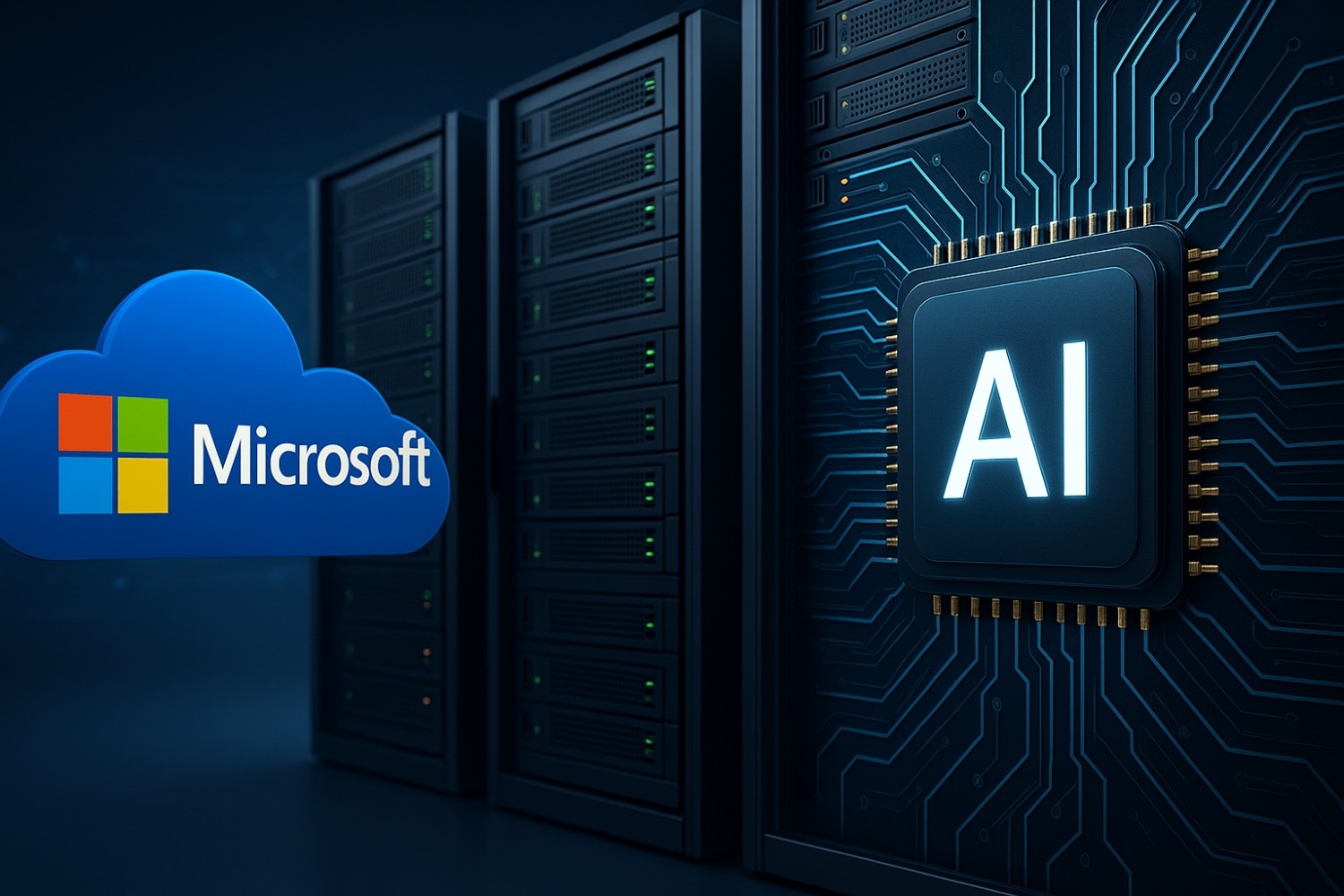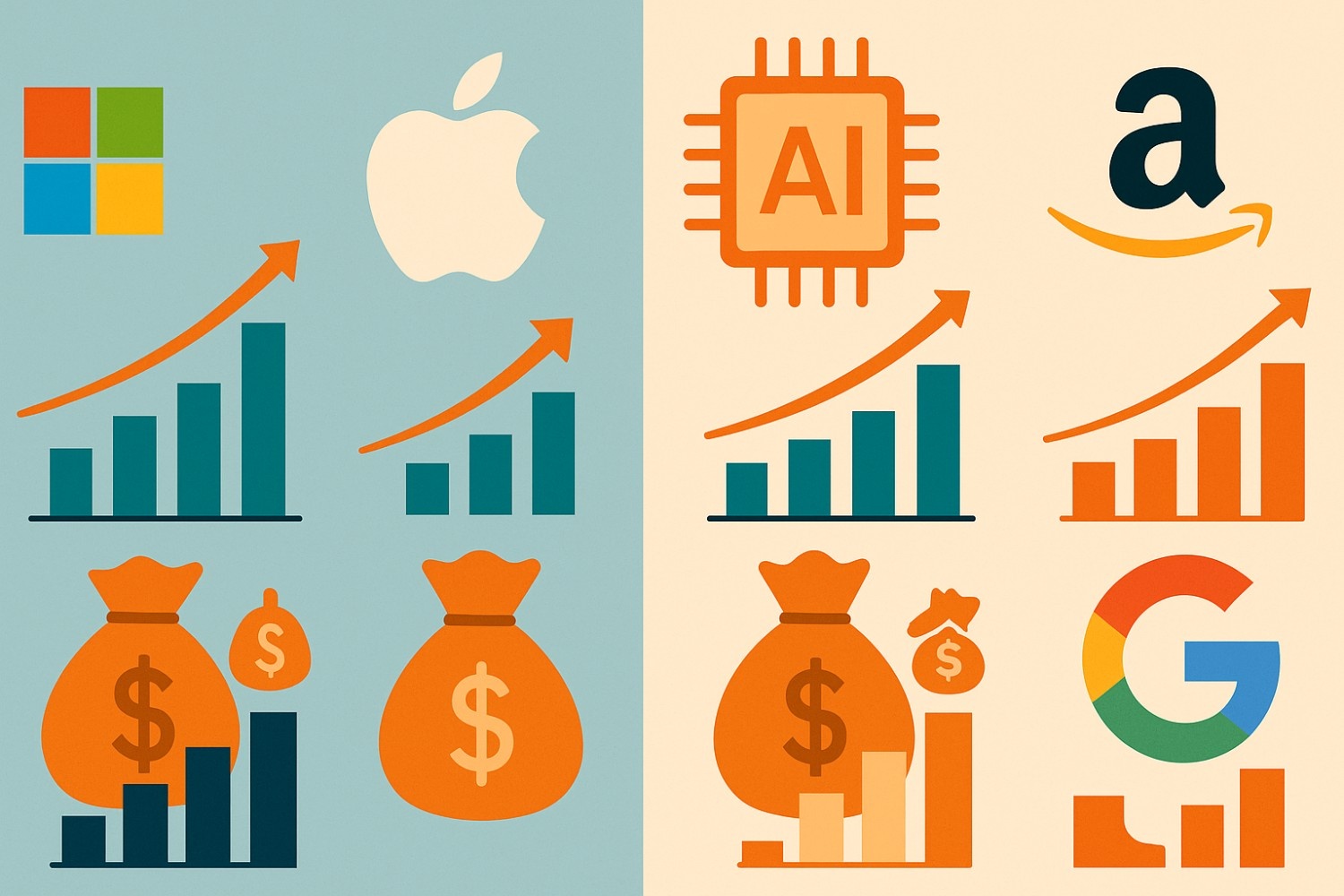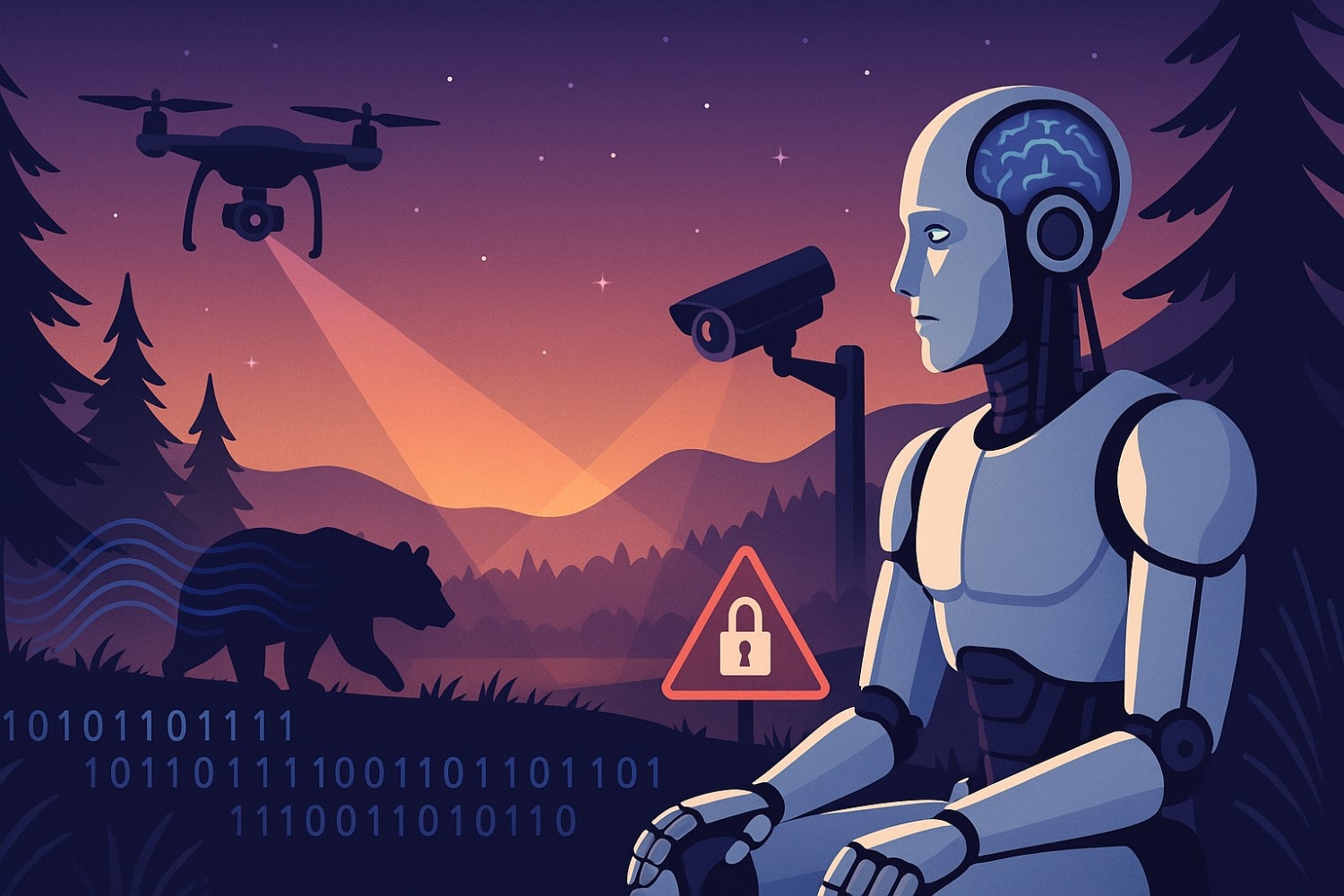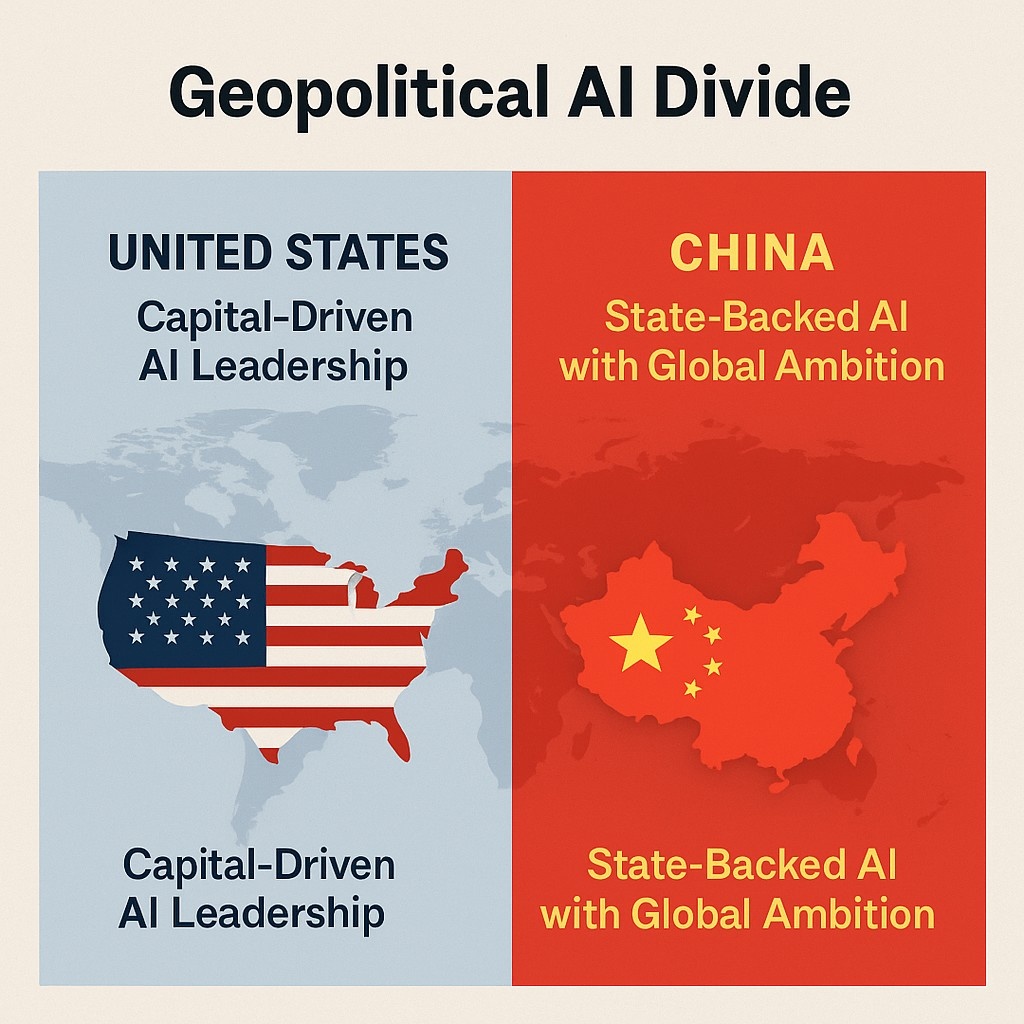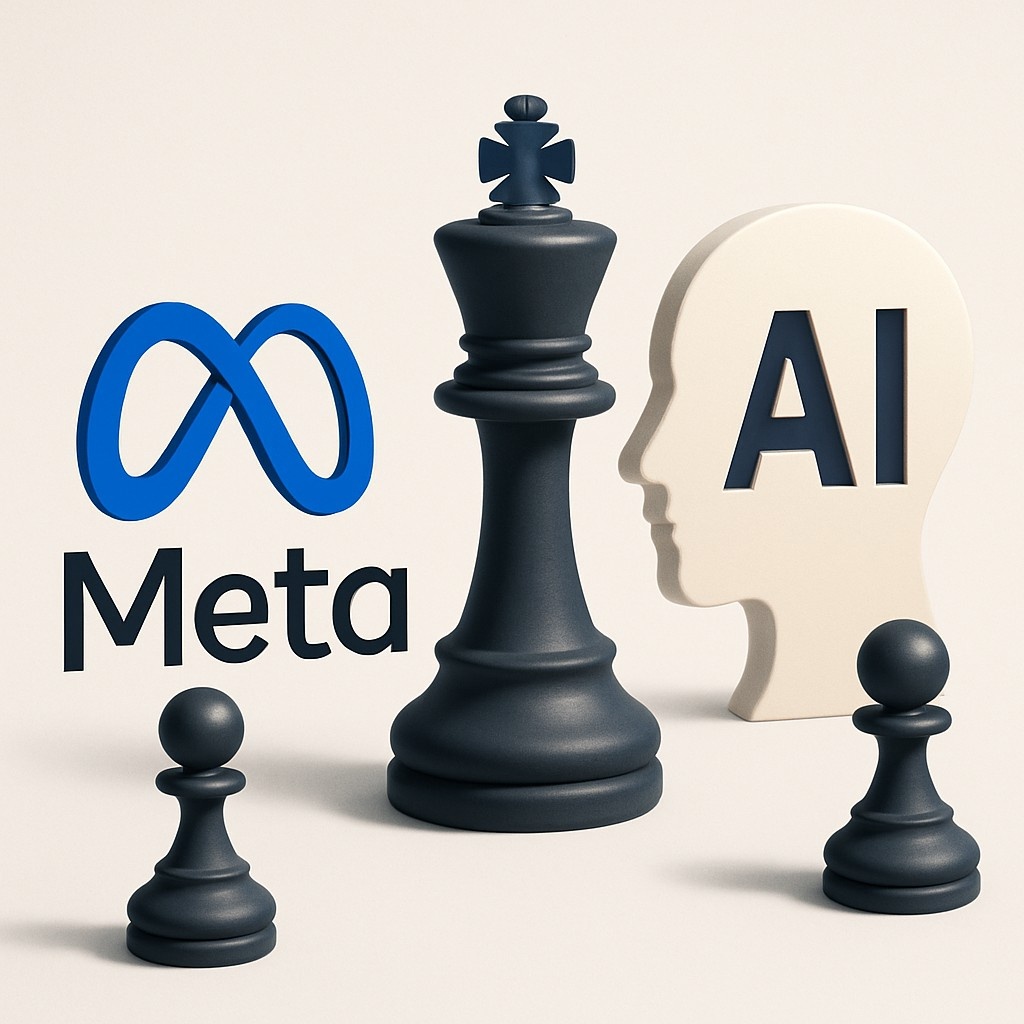The AI Revolution Accelerates: Google’s “Deep Think” Reshapes the Future, While GPT-5 Looms on the Horizon
The world of artificial intelligence has just entered a thrilling new chapter. On August 1, Google DeepMind officially rolled out Gemini 2.5, codenamed "Deep Think", a groundbreaking AI architecture that signals a clear shift in how next-generation models will be designed and deployed. Priced at a premium $250/month as part of its AI Ultra subscription, this launch marks not only a technological leap but also a major turning point in the evolution of large language models (LLMs). At the same time, all eyes are on OpenAI, which is reportedly preparing to unveil GPT-5 — its long-awaited successor to GPT-4 — possibly within this very month. As these two tech titans gear up for a new AI showdown, what stands out is not just the models themselves but the radical rethink in AI architecture that’s driving this change.
Deep Think: A New AI Blueprint, Built on Collaboration Not Monoliths
Unlike traditional large language models that rely on a single, gigantic neural network to solve any given problem, Google's Deep Think introduces a revolutionary multi-agent architecture. Here's how it works:
- When you ask a complex question, Deep Think doesn’t just pass it through one model.
- Instead, it generates multiple specialized AI agents, each designed to handle a specific aspect of the query.
- These agents work together in parallel, analyzing, reasoning, and combining their findings to generate a more precise, deeply reasoned response.
This model mirrors how teams of human experts collaborate — and it’s engineered for depth, accuracy, and logical reasoning. However, this shift brings one major trade-off: computation cost. Running multiple agents simultaneously demands massive processing power, making it a solution best suited for premium users, enterprise use cases, and academic research—for now.
A Historic AI Milestone: Cracking the International Math Olympiad
To showcase its immense capabilities, Google DeepMind revealed that an advanced variant of Deep Think achieved a gold-medal-equivalent score at the International Math Olympiad (IMO) — a feat never before accomplished by any AI system.
This is not just a public relations win; it’s a watershed moment for the AI industry. The system successfully solved five out of six incredibly complex math problems, which typically stump some of the brightest human minds on the planet. Even more impressive, the model didn’t solve them instantly. It took hours per problem, demonstrating a new approach to "slow reasoning AI", where depth and correctness are prioritized over speed.
Google plans to share this slow-but-brilliant version of Deep Think with select universities and research institutions to spur further advancement in this frontier of machine reasoning.
The Rise of Multi-Agent AI: Why This Matters for the Future
The emergence of multi-agent systems like Deep Think represents a seismic shift in the philosophy and structure of AI development. Here’s why this matters:
- Scalability Limit Reached: Simply scaling up model parameters has diminishing returns. A smarter approach is needed, and multi-agent coordination offers that next step.
- From Monolithic to Modular: Instead of one all-knowing AI, we're moving toward modular, specialized, cooperative agents — each with their own strengths.
- Massive Parallel Processing Demand: Expect hardware to evolve. This architecture needs new chips optimized for multi-threaded parallel execution.
- Economic Implications: The computational cost of generating multiple agents per query is high. This will reshape the pricing and delivery models of AI services.
- Expanding AI's Problem-Solving Horizon: Beyond writing articles and summarizing documents, multi-agent AI can now handle: scientific research, strategic business planning, creative synthesis, legal argument generation, and complex engineering and design tasks.
Simply put, AI is no longer just about "what happened" or "what is", but about "how" and "why" — and more importantly, what should be done next.
GPT-5 on the Edge: Is OpenAI Ready for the Next Battle?
While Google has fired the first shot in this next-gen AI war, OpenAI is far from silent. Multiple insider sources and industry trackers suggest that GPT-5 could debut this month. While details remain tightly under wraps, here’s what’s expected:
- GPT-5 will likely focus on robust multi-modal capabilities, improving how the model handles text, images, audio, and possibly video in a single query flow.
- It may introduce agent-like planning capabilities, similar to Deep Think, to stay competitive in complex reasoning tasks.
- There is strong speculation that OpenAI has been training GPT-5 on much broader data sets, possibly with built-in legal, financial, and scientific modules.
With GPT-4 having dominated the general-purpose LLM market since 2023, the release of GPT-5 would ignite a new wave of AI capabilities — likely bringing increased reasoning, longer context memory, and better alignment with human intentions.
The Broader Impact: AI’s Next Era is Intelligence Over Speed
What we're witnessing is a tectonic shift in how artificial intelligence is designed and deployed. The age of brute-force scaling is winding down. In its place, we are entering the age of:
- Smart collaboration between intelligent agents
- Deep contextual understanding
- High-stakes problem-solving
- And, perhaps most significantly, human-like reasoning
This new wave won't replace current AI use cases — it will expand them into domains previously out of reach. From drug discovery and climate modeling to complex economic policy simulations, the possibilities are vast.
Conclusion: The Model Wars Are Back — But Smarter This Time
Google’s “Deep Think” isn’t just another chatbot. It’s a bold new vision of AI: a collaborative network of smart agents solving big problems together — slowly, thoughtfully, and with purpose. And with GPT-5 waiting in the wings, we’re about to see an AI renaissance defined not just by scale, but by intelligence, collaboration, and creativity.
For developers, researchers, enterprises, and policymakers, this is your cue: the way we build and use AI is being rewritten. The future of artificial intelligence will be shaped not by one brain, but by many — working as one.
